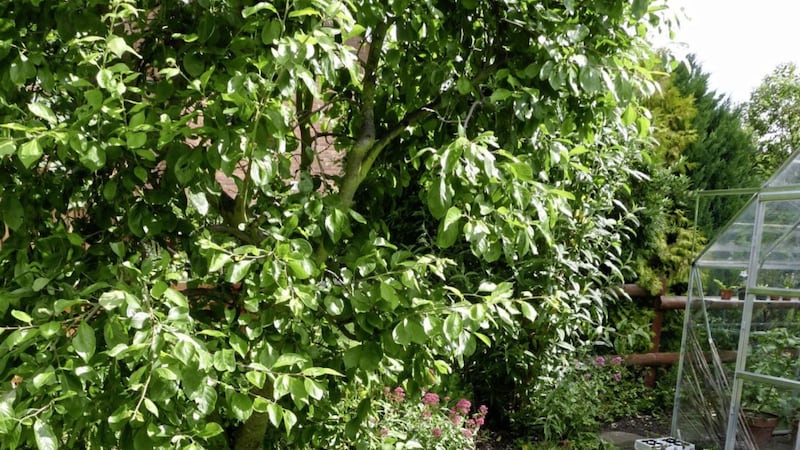ON THE website of the US-based Lawn Institute, “internationally-recognized turfgrass scientist” Dr James B Beard charts the development of the gardener’s love affair with closely cut grass and the origins of its appeal. He writes in terms that will ensure you never look at a lawn in the same way again. It’s part historical sociology, part manicured sward evangelism.
For hundreds of years, he says, “man has been willing to invest time and money in improving turfgrasses to achieve better functional, recreational, and aesthetic benefits”.
“The more technically advanced a civilization, the more widely turfgrasses are used,” he says assuredly.
It’s an insightful article and well worth a read. However, I reckon it needs updating, with the revised version charting the sudden demise of the lawn in the early decades of the 21st century.
Arguably, we are in the early stages of a revolution, not just in the garden, but across all of Ireland’s tended landscapes and beyond. The likes of dandelion, daisy, buttercup and knapweed are no longer regarded as the mortal enemy and in need of eradication by poison or mower. Instead, they are increasingly recognised and valued for their contribution to biodiversity.
We’ve recently witnessed strong uptake in the ‘don’t mow – let it grow’ campaign, which seeks to nurture the native flora on our roadside verges by discouraging over zealous mowing.
Now the RSPB is giving its corporate endorsement to a similar initiative aimed at gardeners.
RSPB programme manager Caroline Marshall says the charity’s ‘give your mower a rest’ campaign is reflective of its role as a wider wildlife charity rather than one that focusses solely on avian safeguarding.
The message is simple – if you don’t need to have an great expanse of short grass, let parts of your lawn get a little unkempt and overgrown.
According to Caroline, it will reduce your carbon footprint, save time and help wildlife.
“There’s a long-standing mindset that sees lawns the centrepiece of a garden – and to a degree that’s true – but there’s also a lot to be said for areas of long grass and it’s not just about how they look,” she says.
“To an extent we’re trying to change attitudes and tastes, while tapping into the idea of low-maintenance gardening – which is all the rage.”
At the outset, Caroline says it’s important to debunk two myths about this kind of wildlife gardening – a) that it’s ‘neglecting’ the garden; and b) that it’s not as attractive as a manicured lawn.
“To create something akin to a species-rich meadow demands patience and effort, especially if your ground is fertile to begin with, which is not what you want for wildflowers,” she says.
“It’s also important to stress how beautiful and area of uncut grass can look and it’s especially nice with mowed pathways through it. We’re not suggesting gardeners let all their garden go wild but rather they create managed patches.”
The idea ultimately is to create habitats that can sustain a variety of flora and fauna species rather than just the starlings who flock onto a lawn occasionally in search of leatherjackets – the larvae of the daddy long-legs.
“The habitats that once teemed with these wildflowers and creatures have largely been lost, so it’s up to us to help maintain what’s left,” says Caroline.
“In urban areas, gardens are wildlife corridors that provide a link between the town and the countryside – they are interconnected oases that if managed properly can support a variety of wildlife."
And remember, you can be creative with your mower, creating straight paths in a regular pattern, curving paths, or even a mini-maze.







